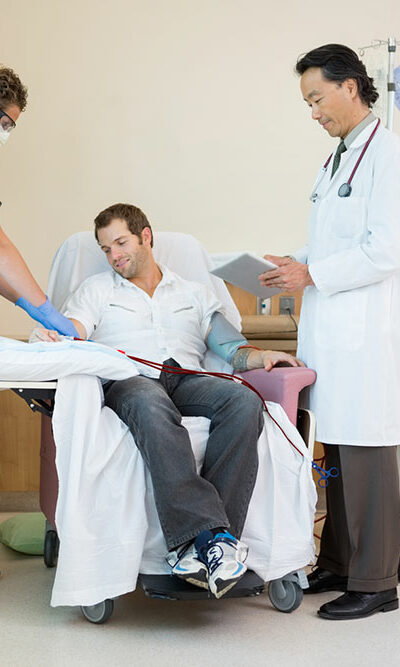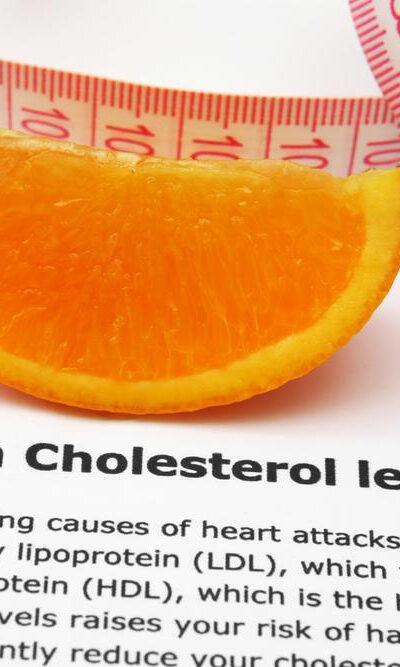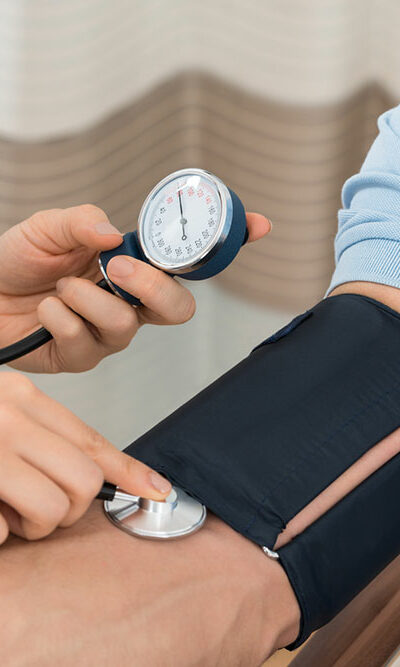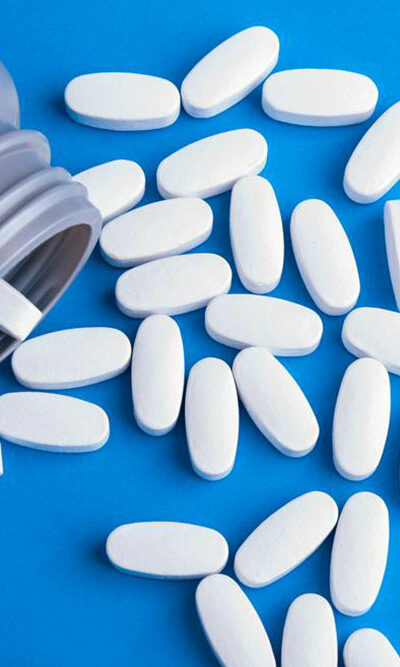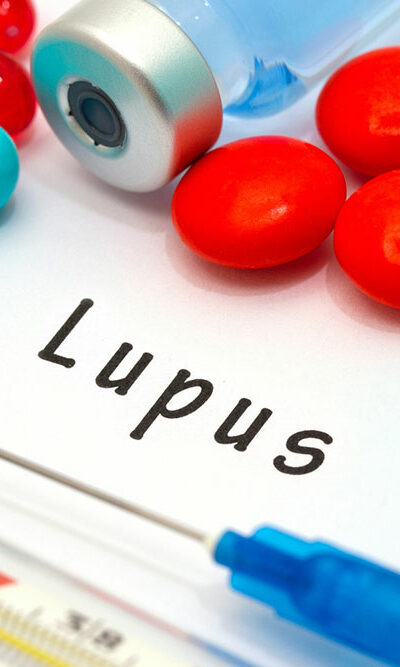
9 Early Signs and Symptoms of Lupus
Lupus is a chronic autoimmune disease that currently affects around 5 million people in the world, out of which 1.5 million are in the people in the country with more than 16,000 cases being reported every year. This disease occurs when the immune system of the body can’t differentiate between the healthy tissues and harmful germs, leading to the creation of antibodies that attack healthy cells and tissues. Although the cause of the lupus is still unknown, research suggests that genes play an important role in the development of lupus symptoms in women as well in men. Lupus affects everyone differently and usually starts in early adulthood, anywhere between the teen years and the 30s. Some people are affected with mild symptoms, while others may have more severe symptoms of lupus. Early symptoms have some resemblance with other conditions, and this might make the diagnosis confusing. So, what are the symptoms of lupus? Let’s discuss them in the next context. Fatigue Almost 90 percent of people with lupus experience some level of fatigue. An afternoon nap can help fight people to deal with fatigue, but sleeping too much during the daytime can sometimes lead to insomnia at night. On the other hand, if you want to keep your energy levels high, then sticking to a daily routine and remaining active can be effective. Unexplained Fever An unexpected low-grade fever with no apparent reason is one of the early lupus symptoms. During this time, the body temperature may vary between 98.5 and 101 degrees Fahrenheit. This type of unexplained fever associated with lupus disease could be due to an inflammation, infection, or imminent flare-up which has a nature of frequent occurrences. However, if you are experiencing recurrent low-grade fevers, then making an appointment with a doctor is advisable. Hair Loss Hair loss or thinning of hair could be the result of inflammation of the skin and the scalp, which is often considered to be one of the early lupus symptoms.
